Adrien Audoux and Frida Minnet, a dynamic duo of French designers, thrived in the field of modernist design throughout the 1940s and 50s. Their philosophy centered on the adoption of innovative and accessible materials and technologies, reflecting the essence of contemporary living. Drawing on the principles of the Union des Artistes Modernes (UAM), founded in 1929 by a group of modernist innovators such as Charlotte Perriand, Francis Jourdain, Louis Sognot and Pierre Chareau, they sought to diverge from the design ethos of the Société des Artistes Décorateurs (SAD). Originally members of the SAD, the designers of the UAM rebelled against its tendency to cater exclusively to the Parisian elite, embodied by figures such as Follot, Dufrene and Herbst, who designed sumptuous pieces for a select clientele. Audoux Minnet’s imaginative and ingenious use of materials, notably rope and tubular metal, revolutionized design, offering an inclusive aesthetic accessible to a wider audience. Their signature style was expressed through simple frames adorned with woven abaca (hemp rope). Operating a retail space in Golfe-Juan, a picturesque Provençal coastal town adjacent to Vallauris, they found themselves at the heart of a hub of artistic energy, coinciding with Picasso’s presence in the area. This bustling location attracted wealthy travelers eager for innovative design, cementing Audoux Minnet’s reputation as pioneers of the accessible modernist aesthetic.



























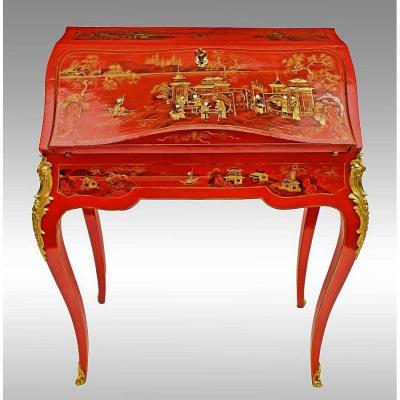







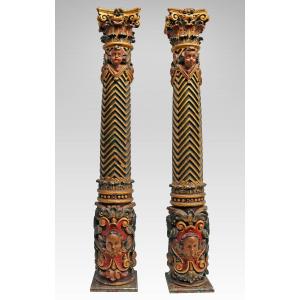
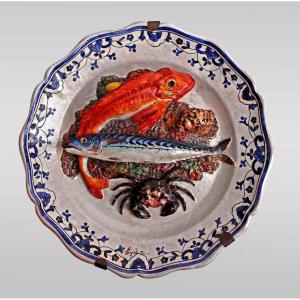

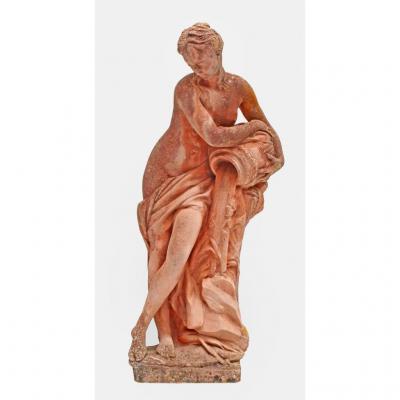
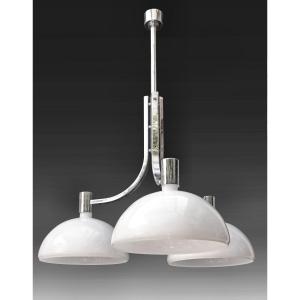










 Le Magazine de PROANTIC
Le Magazine de PROANTIC TRÉSORS Magazine
TRÉSORS Magazine Rivista Artiquariato
Rivista Artiquariato